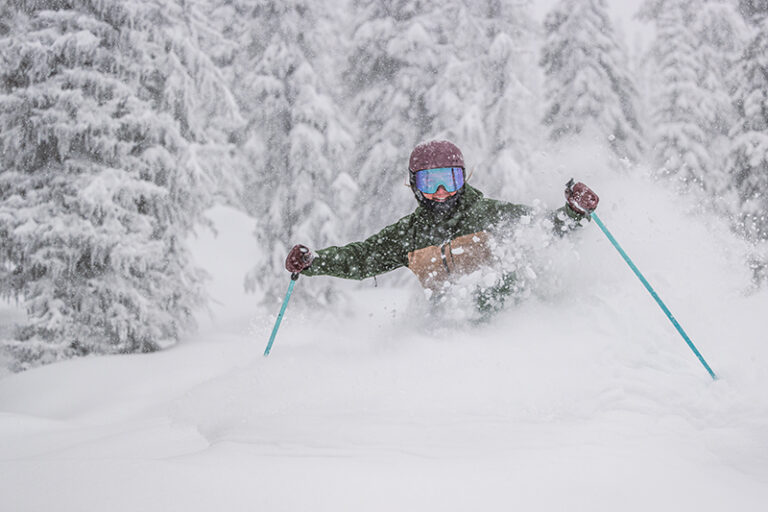There are lots of depressing statistics about declining pollinator populations, which are threatened by loss of habitat and pesticide poisoning, but each of us can implement simple and positive changes to help provide pollinator habitat and food sources in our yards.
Creating garden landscapes with less lawn and more of the right types of plants attracts birds, butterflies, bees, and other beneficial pollinators.
With the right planning it is possible to introduce a diversity of beneficial flowering perennials, herbs, shrubs, and trees, which provide nectar and pollen for pollinators from early spring to late fall and seed and berries for birds through winter. These plants can also offer pollinators habitat, protection from the weather and predators, and sites for nesting. Adding a clean and reliable water source and an undisturbed woodpile will greatly increase the desirability of your yard to pollinators.
I like to include many native plants in my gardens. They look right, usually flourish with little care, and connect with the wider surroundings. They have already evolved to support the needs of specific native pollinators. There is certainly no need to limit plant choices to just natives since many pollinators visit many different types of plants, both native and non-native. But do avoid plants that have been overly bred and hybridized with double flowers or unnatural flower colors.

Bigger drifts and denser plantings will enhance conditions for most pollinators. Foraging efficiency is better if a pollinator can visit the same type of bloom over and over. Massing plants in groups also looks more appealing to most people. By allowing more space for these plants to evolve beyond the narrow confines of the standard issue planting bed, you can start to create good habitat for pollinators. Reducing or even removing the lawn is a logical next step. A traditional lawn demands lots of water, pesticides, and weekly mowing with noisy and polluting mowers; also, they offer little for pollinators.
A landscape comprised of the perfect plants that are maintained using chemicals, heavy pruning, and blowers to remove all leaf litter will also fail to provide habitat for pollinators. This can be the hardest step for many people to overcome, but it is the most important. Learn about more intelligent ways to maintain a garden to support biodiversity, and try not to see every fallen leaf as something that is messy. No one thinks of the woods as being messy after all. With planning it is easy to keep paths and patios clear. As your plants grow and mature, there will be much more to look at, so that fallen leaves and dormant plants will not read as being messy but an integral part of the whole.
City of Spokane residents should be aware that the SpokaneScape rebate program allows for up to a $500 credit on a resident’s City utility bill for removing lawn and replacing it with water-smart plants and mulch.
A well-designed landscaping that provides habitat for pollinators will greatly improve surroundings for people as well. Real connections with and a better appreciation for the natural world can begin right outside our doors. // (Richard Lambert)
Richard Lambert is a landscape designer and landscaper in Spokane. You can reach him at TheEnglishLandscaper.com.
Best Plants for Birds and Bees
Some of my favorite native plants for pollinators and people in the Inland Northwest include Oregon grape holly, golden currant, mock orange, serviceberry, nine bark, red twig dogwood, rubber rabbitbrush, fernbush, Mormon tea, chokecherry, blue elderberry, Apache plume, Douglas spirea, buckwheat, penstemon, liatris, columbine, yarrow, lupines, pearly everlasting, evening primrose, and blue flax.
There are many great non-natives to choose from, too: sunflowers, lavender, iris, catnip, sedum, thyme, asters, Russian sage, butterfly milkweed, salvias, honeysuckle, and echinacea.













